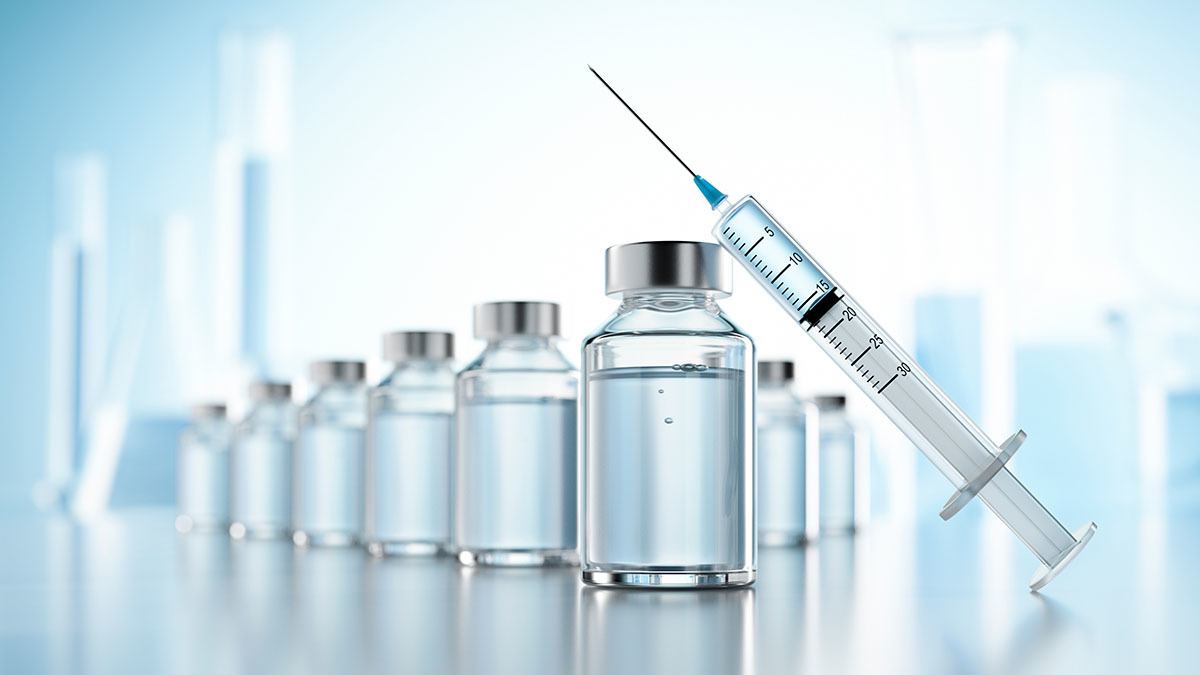USP Plasticizer Extractables Testing
In the pharmaceutical industry, ensuring drug product safety and quality is paramount. This includes rigorous testing to identify potential contaminants that may arise during manufacturing processes. One critical aspect of this testing is USP Plasticizer Extractables Testing, which evaluates plasticizers used in packaging materials for their compatibility with drug products. These plasticizers can migrate into the drug substance under certain conditions, posing a risk to patient safety.
The United States Pharmacopeia (USP) provides standards, tests, and procedures that ensure the quality of pharmaceuticals and excipients. USP Plasticizer Extractables Testing focuses on identifying any plasticizer molecules that may leach into drug products due to contact with packaging materials like bottles, vials, or closures.
The testing process involves simulating real-world conditions where the plasticizers might come into contact with the drug substance over time. This includes exposing the packaging material to solvents and other agents that mimic the environment in which it will be used during production. Common solvents used include water, ethanol, methanol, acetone, and dimethyl sulfoxide (DMSO).
Once extracted, the plasticizers are analyzed using various analytical techniques such as gas chromatography-mass spectrometry (GC-MS), liquid chromatography-mass spectrometry (LC-MS), or high-performance liquid chromatography (HPLC). These methods allow for precise identification and quantification of the extracted compounds. Compliance with USP standards ensures that the plasticizers are safe and do not adversely affect drug product quality.
Real-world applications of this testing include:
- Evaluating packaging materials before final approval
- Determining stability over time under various conditions
- Identifying potential risks during manufacturing processes
- Ensuring compliance with regulatory requirements
The importance of this testing cannot be overstated. It helps pharmaceutical companies adhere to stringent quality control measures, thereby protecting the health and safety of consumers. By adhering to USP standards, manufacturers can demonstrate their commitment to producing safe and effective drug products.
Given the critical role plasticizers play in packaging materials, any migration into the drug product could lead to contamination issues. This is why thorough testing is essential before bringing a product to market. Regulatory bodies like the FDA and EMA rely on these tests to ensure that all components of pharmaceutical products meet stringent safety standards.
Compliance with USP guidelines ensures that plasticizers used in packaging do not interfere with drug stability or efficacy, thus maintaining patient safety and trust in the pharmaceutical industry. This testing is particularly important for parenteral drugs, oral solutions, and other liquid formulations where direct contact between the container and the product is inevitable.
For quality managers, compliance officers, R&D engineers, and procurement teams involved in the development of new drug products, understanding USP Plasticizer Extractables Testing is crucial. It helps them make informed decisions about packaging materials that minimize risks while ensuring regulatory compliance.
Applied Standards
The testing for plasticizers in pharmaceutical packaging adheres to specific standards set forth by the United States Pharmacopeia (USP). These guidelines are designed to ensure that the plasticizers used do not interfere with drug product quality or safety. USP 850, titled “Extractables and Leachables from Pharmaceutical Packaging Materials,” provides comprehensive criteria for evaluating potential contaminants in packaging materials.
The key components of this standard include:
- Identification of plasticizers used
- Determination of migration rates under various conditions
- Evaluation of extractable and leachable substances
- Assessment of compatibility with drug products
The testing process involves exposing the packaging material to a series of solvents that simulate real-world use. The extracted compounds are then analyzed using sophisticated analytical techniques such as GC-MS, LC-MS, and HPLC. These methods provide precise identification and quantification of any plasticizers or other contaminants.
Compliance with these standards is mandatory for pharmaceutical companies to ensure that their products meet the highest safety and quality standards. By adhering to USP guidelines, manufacturers can demonstrate their commitment to producing safe and effective drug products.
Industry Applications
- Evaluating packaging materials before final approval
- Determining stability over time under various conditions
- Identifying potential risks during manufacturing processes
- Ensuring compliance with regulatory requirements
- Minimizing contamination risks in parenteral drugs, oral solutions, and other liquid formulations
- Assessing the compatibility of plasticizers with different drug products
- Evaluating the impact of packaging materials on drug stability and efficacy
International Acceptance and Recognition
The USP Plasticizer Extractables Testing is widely recognized and accepted globally. Regulatory bodies around the world, including the FDA in the United States and EMA in Europe, have adopted these standards as part of their quality assurance protocols for pharmaceutical products.
International acceptance of these tests ensures that pharmaceutical companies can market their products confidently across different regions without facing compliance issues. This is particularly important for multinational corporations with operations spanning multiple countries.
The widespread adoption of USP guidelines also fosters consistency in quality standards, which is crucial for maintaining patient safety and trust in the pharmaceutical industry. By adhering to these internationally recognized standards, companies can ensure that their products meet the highest quality and safety benchmarks.





